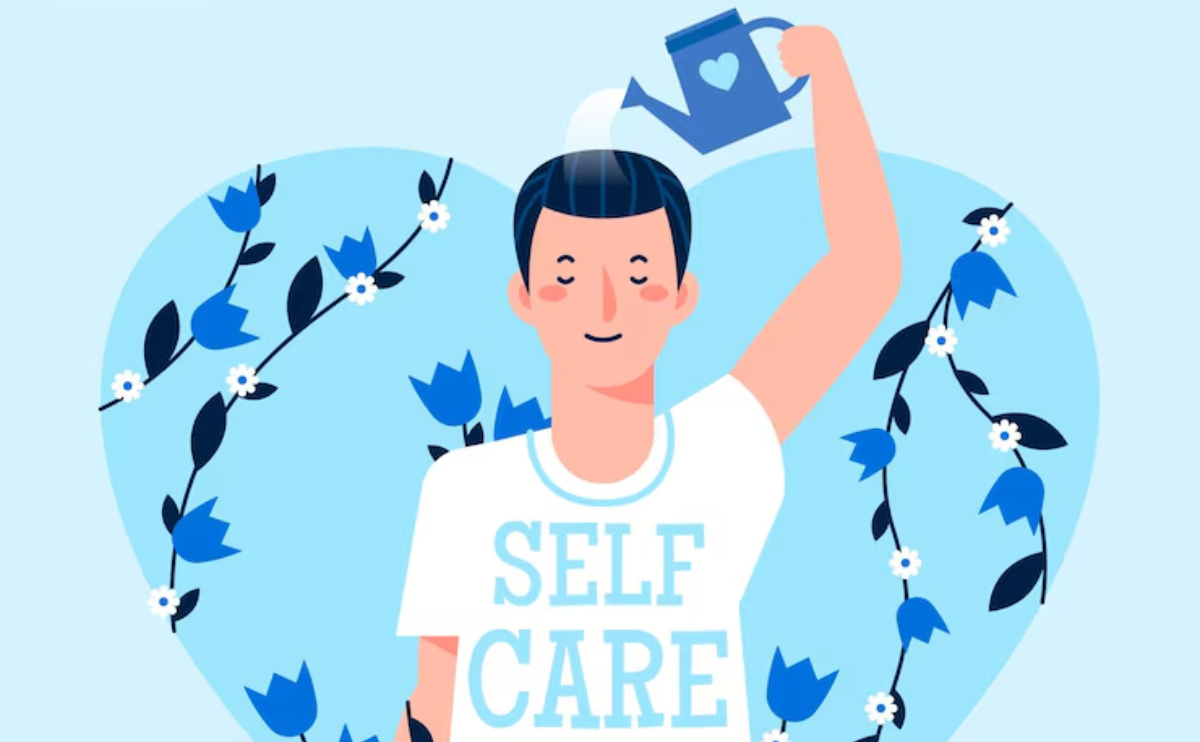Blog
How Being Real Makes You Magnetic: The Vulnerability Effect

In a world full of filters, curated captions, and highlight reels, there’s one quality that cuts through the noise: vulnerability. It’s not about oversharing or appearing weak—it’s about being real. Authentic. Human. That realness is magnetic. It draws people in, creates genuine connection, and fosters inner growth for both the person sharing and those listening or reading.
For those who seek interesting articles to read, the ones that truly linger are not just witty or well-written—they’re honest. They carry emotional truth. They reflect something raw and unfiltered that resonates beyond the page or screen.
Why Vulnerability Matters More Than Ever
We live in an age of performance. From social media to professional life, we’re constantly encouraged to present a version of ourselves that’s polished and palatable. But this surface-level perfection has a cost: disconnection.
True connection doesn’t come from perfection; it comes from truth. Vulnerability is the bridge between what we show and what we feel. When someone drops their guard and reveals something tender—be it fear, hope, or shame—they invite others to do the same. That’s where connection happens. That’s where transformation begins.
The Power of Vulnerability in Everyday Life
Let’s break this down with three powerful truths about vulnerability that can guide both your personal life and your creative expression:
1. Vulnerability Is Not Weakness—It’s Courage in Action
We’ve been conditioned to associate vulnerability with fragility, but in truth, it’s one of the most courageous acts a person can take. Being vulnerable doesn’t mean exposing your wounds to the world recklessly—it means allowing yourself to be seen, even when the outcome is uncertain.
When you speak honestly about your emotions without blame or judgment—something like, “I feel hurt when I’m not acknowledged”—you’re taking full ownership of your experience. You’re not attacking or withdrawing. You’re showing up. That’s a strength.
This kind of emotional honesty is powerful because it fosters trust. People are more likely to respect and connect with someone who tells the truth about how they feel, rather than someone who hides behind sarcasm, silence, or anger.
2. Honest Expression Leads to Stronger Communication
One of the most life-changing principles of emotional connection is this: every judgment or criticism is a tragic expression of an unmet need. When people lash out or shut down, it’s usually not because they’re cruel or indifferent—it’s because they’re hurting and don’t know how to express it vulnerably.
Here’s where self-awareness meets communication. Instead of saying, “You never listen to me,” try this: “I feel frustrated because I really need to feel heard, and I’m not experiencing that right now.” This shifts the conversation from blame to truth. From defense to openness.
When applied to article writing, this shift makes content resonate more deeply. A writer who shares their inner experience rather than preaching or posturing creates a safe space for the reader. That space invites reflection, empathy, and a sense of “me too.” It’s no longer just words on a screen—it’s a mirror.
3. Being Real Unlocks Inner Growth and External Impact
Many people avoid vulnerability because it feels too exposing. But the irony is, avoiding it usually keeps us stuck emotionally, relationally, and creatively. Growth begins the moment we stop performing and start telling the truth.
This kind of truth-telling begins inside. When you admit to yourself what you’re actually feeling, loneliness, fear, disappointment, you start to understand your needs. And once your needs are clear, your communication improves, your boundaries strengthen, and your relationships deepen.
Writing, too, becomes richer when it reflects this honesty. Rather than stuffing your articles with empty advice or generalized statements, you begin to write from lived experience. You use storytelling. You describe real emotions. And readers feel it.
People crave depth. They’re tired of surface-level content. Vulnerable writing offers not just interesting articles to read, but meaningful ones. Pieces that invite the reader into something real something that lingers long after the last sentence.
How to Practice Vulnerability (Without Oversharing)
Being vulnerable doesn’t mean dumping your personal life into every conversation or post. It means aligning your expression with truth, empathy, and self-responsibility.
Here’s a gentle framework:
- Name your feelings without blaming others. Use “I feel…” not “You made me feel…”
- Connect your feelings to your needs. Most emotional pain is tied to a need not being met like the need for connection, respect, or safety.
- Make clear, respectful requests. Vulnerability isn’t passive. It includes asking for what you need with clarity and care.
When you bring this practice into your life and writing, something shifts. Relationships feel more grounded. Conversations go deeper. Content becomes magnetic. You’re no longer trying to impress—you’re expressing. And in that expression, people find their own reflection.
The Takeaway: People Don’t Want Perfect—They Want Real
The world is full of noise, but authenticity cuts through. Vulnerability, when practiced with awareness and responsibility, isn’t weakness—it’s a strength that draws people in. It teaches, it connects, and it heals.
Whether you’re navigating personal relationships or crafting your next article, remember that being real is your greatest asset. Don’t strive for perfect—strive for true.
And as you continue your journey of inner growth, know that every time you choose honesty over performance, you’re not just evolving you’re inspiring others to do the same.
Related Posts
Osho’s Dynamic Meditation: A Storm Toward Silence
-
Posted by
 The Power Withinn
The Power Withinn
- 0 comments
Your Hidden Self Is Trying to Help You Heal
-
Posted by
 The Power Withinn
The Power Withinn
- 0 comments
Your Brand, Your Power: Present the Best Version of You
-
Posted by
 The Power Withinn
The Power Withinn
- 0 comments
Shape a Bold Personality Through Problem-Solving Skills
-
Posted by
 The Power Withinn
The Power Withinn
- 0 comments
Unlocking Growth Through Body Language Mastery
-
Posted by
 The Power Withinn
The Power Withinn
- 0 comments
The Discipline Behind Digital Success
-
Posted by
 The Power Withinn
The Power Withinn
- 0 comments
How Marketing Skills Can Boost Your Self-Confidence
-
Posted by
 The Power Withinn
The Power Withinn
- 0 comments
Marketing Yourself: Today’s Most Underrated Skill
-
Posted by
 The Power Withinn
The Power Withinn
- 0 comments
From Zero to Skill: Change Your Career with Digital Marketing
-
Posted by
 The Power Withinn
The Power Withinn
- 0 comments
Reinvent Yourself with a Strong Online Presence
-
Posted by
 The Power Withinn
The Power Withinn
- 0 comments
Use Digital Marketing to Turn Passion into a Career
-
Posted by
 The Power Withinn
The Power Withinn
- 0 comments
Build Your Dream Life by Learning Digital Marketing
-
Posted by
 The Power Withinn
The Power Withinn
- 0 comments











